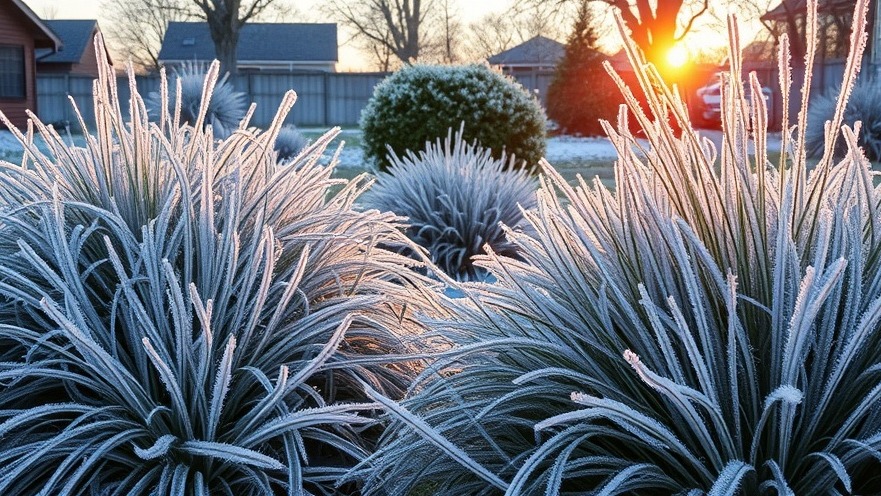
Understanding Last Frost Dates: A Gardeners' Guide
As the blossoms begin to greet the warmer days of spring, gardeners everywhere turn their attention to planning the perfect garden. However, one crucial factor remains paramount—the last frost dates predicted by The Old Farmer's Almanac. Understanding when your region will experience its last freeze is essential to ensuring a thriving garden.
Why Monitoring Frost Dates is Crucial
Last frost dates act as a helpful guide for determining when to plant. A miscalculation could lead to lost crops, especially for temperature-sensitive plants like tomatoes and cucumbers, which can't withstand frost damage. The Almanac forecasts suggest that even in seemingly warm climates, late frosts could threaten fragile vegetation, prompting gardeners to wait until after the predicted frost date to sow their seeds.
Mapping Your Zone: A Closer Look at the Frost Dates
The Old Farmer’s Almanac simplifies the snow-covered maps of frost expectations with comprehensive color-coded indicators:
Black Squares: Represent the country’s extremes where forecasts are unreliable.
Dark Green Circles: Regions likely to see frost into June, including parts of Idaho and New Mexico.
Green Shaded Circles: Expect mid to late May frosts mainly across Montana and parts of Nevada.
Green Circles: Indicating early May frosts across the northern plains.
Light Green Circles: Suggesting late April frost possibilities in the corn belt.
Pastel Green Circles: Late March frosts in southern Midwest locales.
Cream Circles: Marking areas with no expected frost since late March.
These indicators empower gardeners to create tailored planting schedules accordingly.
Common Misconceptions About Garden Planting
Many novice gardeners assume that once spring arrives, planting can commence without hesitation. However, common misconceptions abound. For instance, some believe that if temperatures rise, frost is no longer a threat. Yet, sudden temperature drops can occur even in warmer months, making careful attention to regional frost charts paramount.
Future Trends in Gardening: Adapting to Climate Changes
As climate patterns shift, predictions regarding frost dates are evolving. Increased unpredictability leads gardeners to seek adaptive strategies. This could involve utilizing frost-resistant varieties of plants, changing planting schedules, or even employing protective measures such as row covers. Understanding upcoming climate trends provides a roadmap to more resilient gardening techniques.
Actionable Insights for Successful Gardening
To ensure a fruitful gardening experience, follow these actionable insights:
Consult local frost maps frequently to identify your zone's specific last frost date.
Don't rush planting delicate species until local frost threats have passed.
For hardy plants, consider planting as early as possible to extend your growing season.
Engage with local gardening communities for shared insights and adaptive strategies.
By adhering to these guidelines and respecting the predictions of The Old Farmer's Almanac, you can navigate the complexities of gardening with greater confidence.
#lastfrostdates, #gardening, #frostprediction, #oldfarmersalmanac, #plantingguide, #frostzones, #climatechange, #gardeningtips, #frostresistantplants, #springplanting
 Add Row
Add Row  Add
Add 




Write A Comment